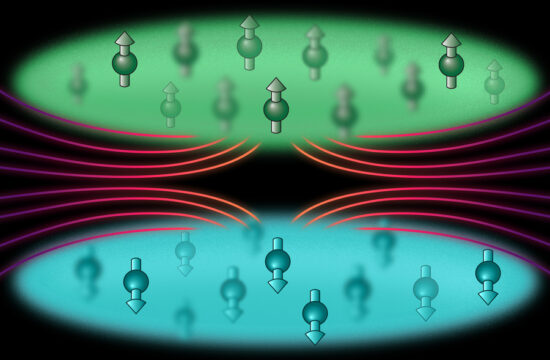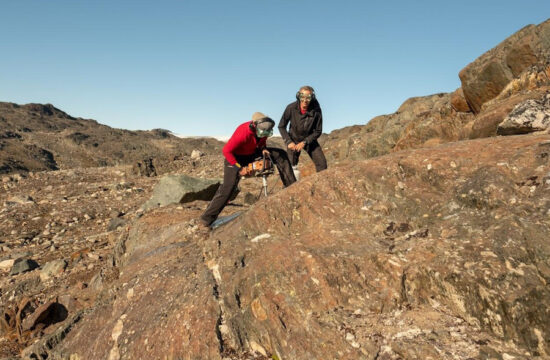 Walking speed may be associated with the amount of amyloid buildup elderly people have in the brain, even if they don’t have symptoms of Alzheimer’s disease (AD) yet, according to a new Neurology study.
Walking speed may be associated with the amount of amyloid buildup elderly people have in the brain, even if they don’t have symptoms of Alzheimer’s disease (AD) yet, according to a new Neurology study.
“Our results suggest that taking into account physical parameters that are not conventionally looked at in AD, such as gait speed, may help optimize the early identification of individuals at risk of AD,” study author Natalia del Campo, Ph.D., of the Gerontopole and the Centre of Excellence in Neurodegeneration of Toulouse in France toldBioscience Technology.
Positron emission tomography (PET) scans were taken of the 128 participants’ brains to measure the amount of amyloid plaques, the buildup of which has been associated with the development of Alzheimer’s. The participants had an average age of 76, and did not have dementia but were at risk of developing Alzheimer’s because they had some concerns with memory.
[pullquote]Researchers found that there was an association between slow walking speed and amyloid buildup in multiple regions of the brain, including the putamen, which relates to motor function.[/pullquote]
Participants also were given thinking and memory tests. Del Campo said that a total of 46 percent of the participants had mild cognitive impairment, which can be a precursor to the dementia that occurs in Alzheimer’s. From the PET scans, researchers found 48 percent had a level of amyloid often associated with dementia.
Then walking speed was measured using the 4m walk test from the Short Physical Performance Battery, a commonly used geriatric assessment. On average, walking speed was 3.48 feet per second. Of the participants, only two tested out of the normal range of walking speed and were slower.
Researchers found that there was an association between slow walking speed and amyloid buildup in multiple regions of the brain, including the putamen, which relates to motor function. Researchers found that the amyloid level accounted for up to 9 percent in the difference of walking speed, after comparing how fast people walked both with and without taking into account the amount of amyloid in the brain.
Del Campo told Bioscience Technology that at a group level, and after correcting for a number of factors such as age, BMI (body mass index) and a certain genotype that has been associated with the development of Alzheimer’s, that the slowest walkers had the largest amount of amyloid buildup.
She added that slow walking older adults should not be concerned, as there are many other causes of slow walking. She noted that most subjects in the study walked at a pace considered normal according to current conventions, and that the study sample is not representative of the general elderly population.
Del Campo said the next steps for research “will include a study to examine the relationship between brain amyloid and gait speed over time. This will help determine whether the accumulation of brain amyloid is associated with a progressive decline in gait speed. It will also help characterize the directionality of the relationship, and examine other potential underlying causes that contribute this relationship. Further research is thus also needed to examine other neuropathological processes that occur in AD in addition to the deposition of amyloid, such as the accumulation of tau, which may have an impact on motor function.”
The study was based on a larger trial called the Multidomain Alzheimer Preventative Trial, which was supported by the French Ministry of Health and Pierre Fabre Research Institute.








